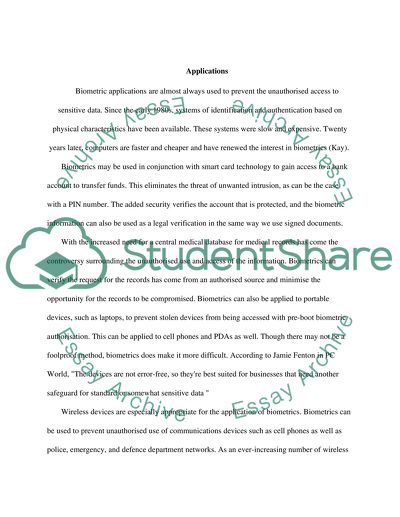Cite this document
(“Barriers to using biometrics for mobile authentication Essay”, n.d.)
Retrieved de https://studentshare.org/technology/1528186-barriers-to-using-biometrics-for-mobile-authentication
Retrieved de https://studentshare.org/technology/1528186-barriers-to-using-biometrics-for-mobile-authentication
(Barriers to Using Biometrics for Mobile Authentication Essay)
https://studentshare.org/technology/1528186-barriers-to-using-biometrics-for-mobile-authentication.
https://studentshare.org/technology/1528186-barriers-to-using-biometrics-for-mobile-authentication.
“Barriers to Using Biometrics for Mobile Authentication Essay”, n.d. https://studentshare.org/technology/1528186-barriers-to-using-biometrics-for-mobile-authentication.


